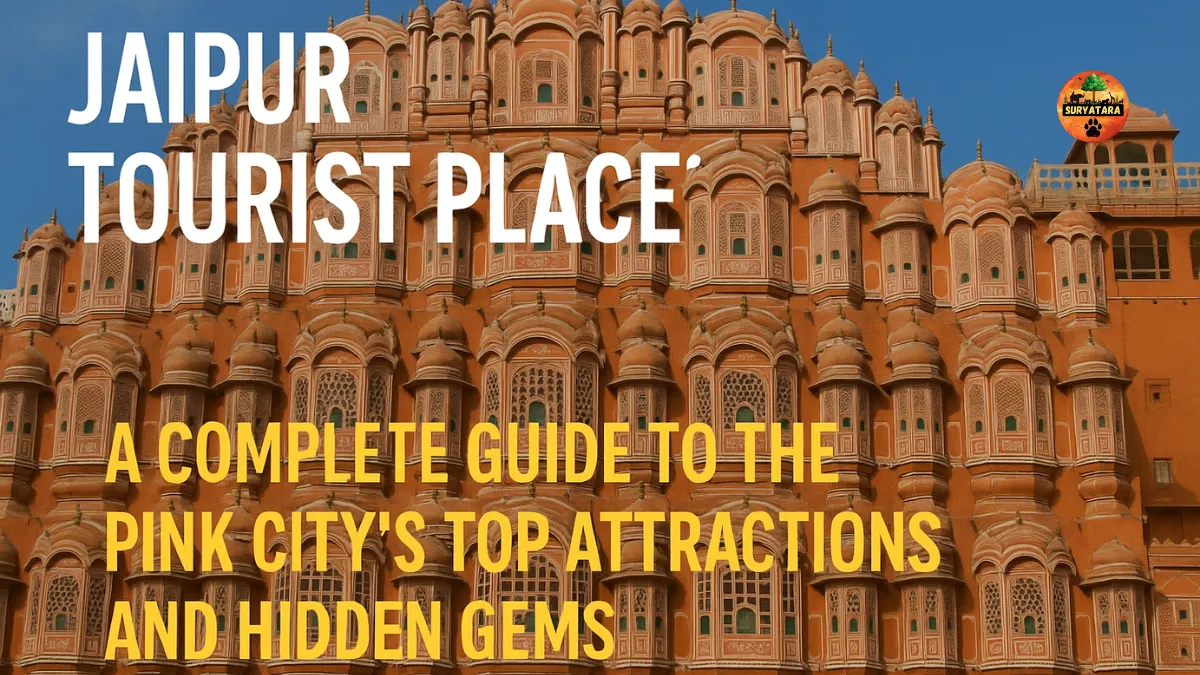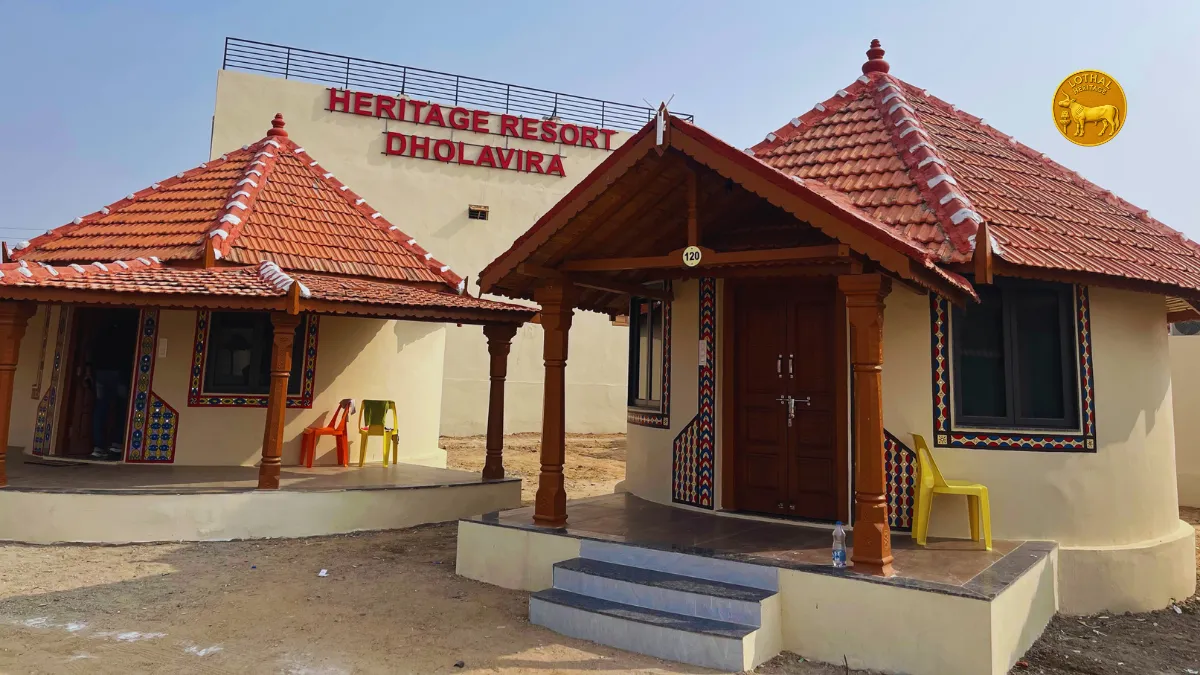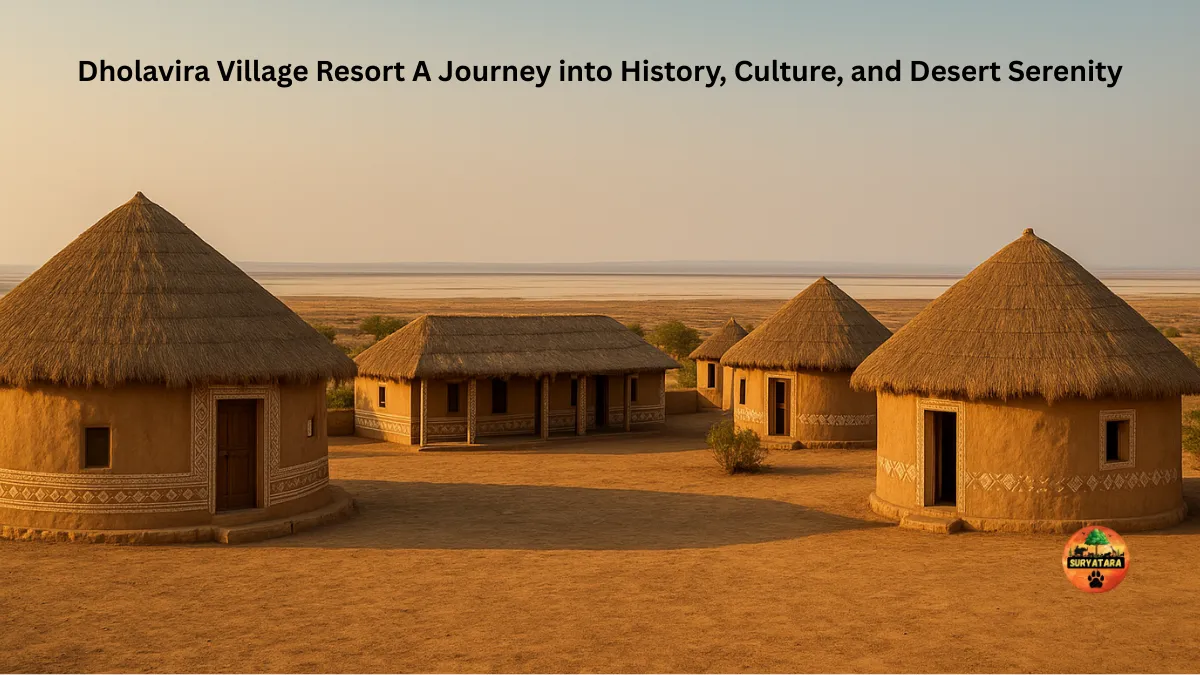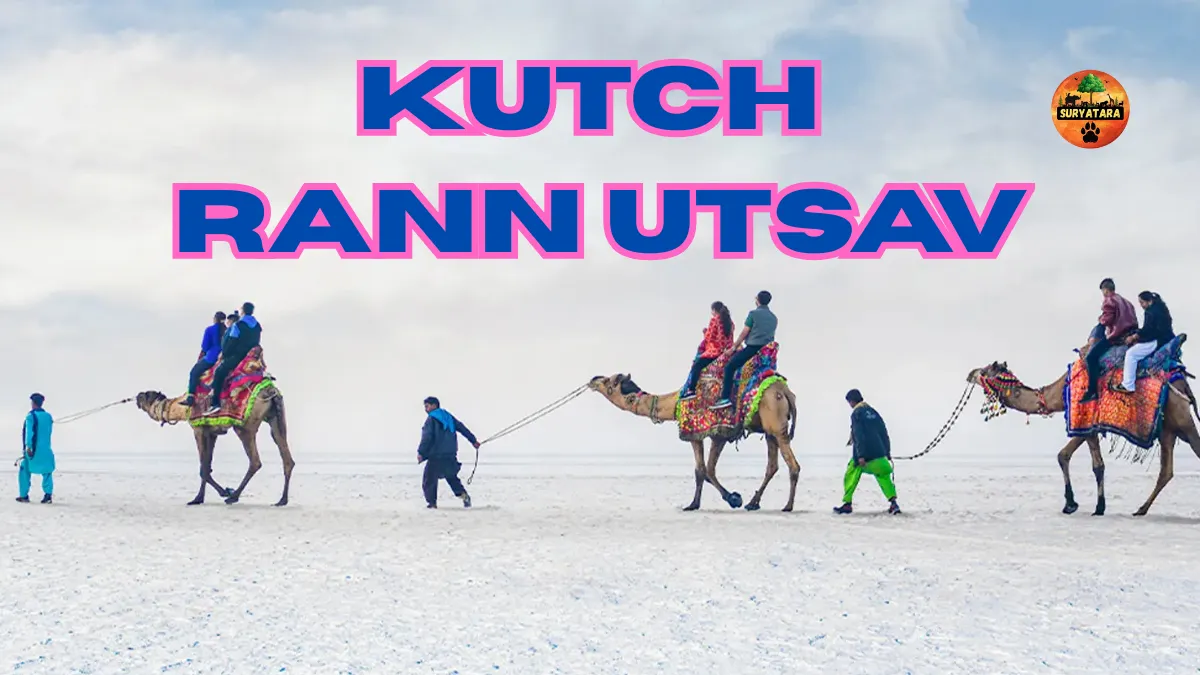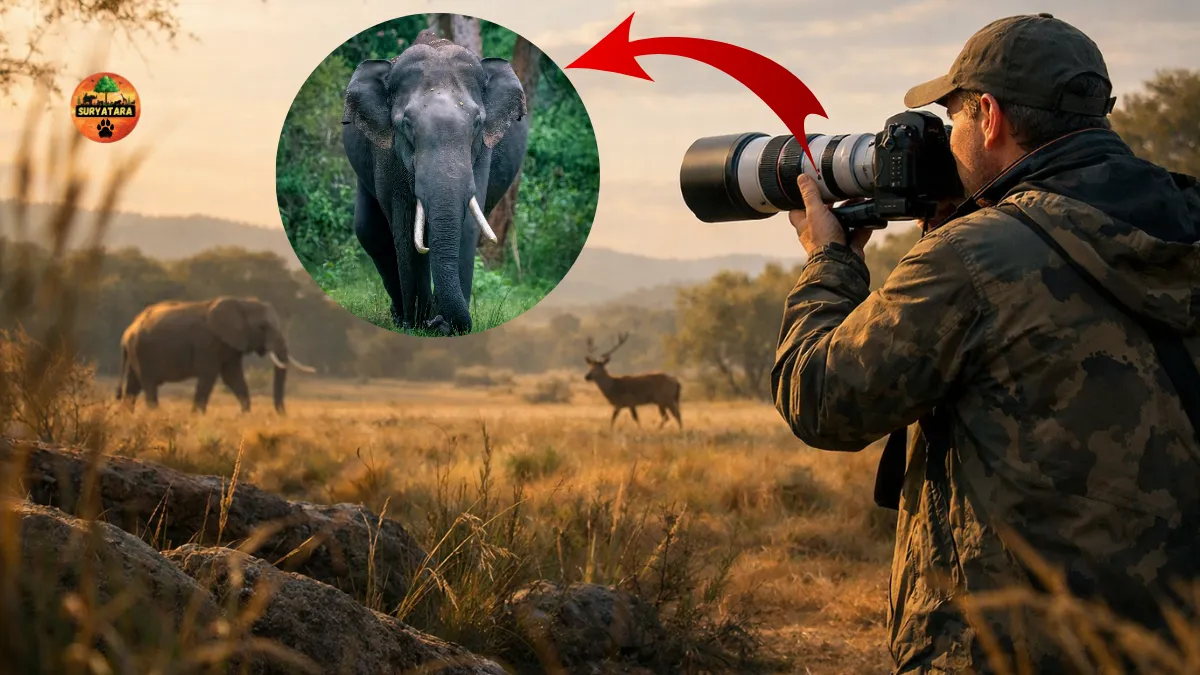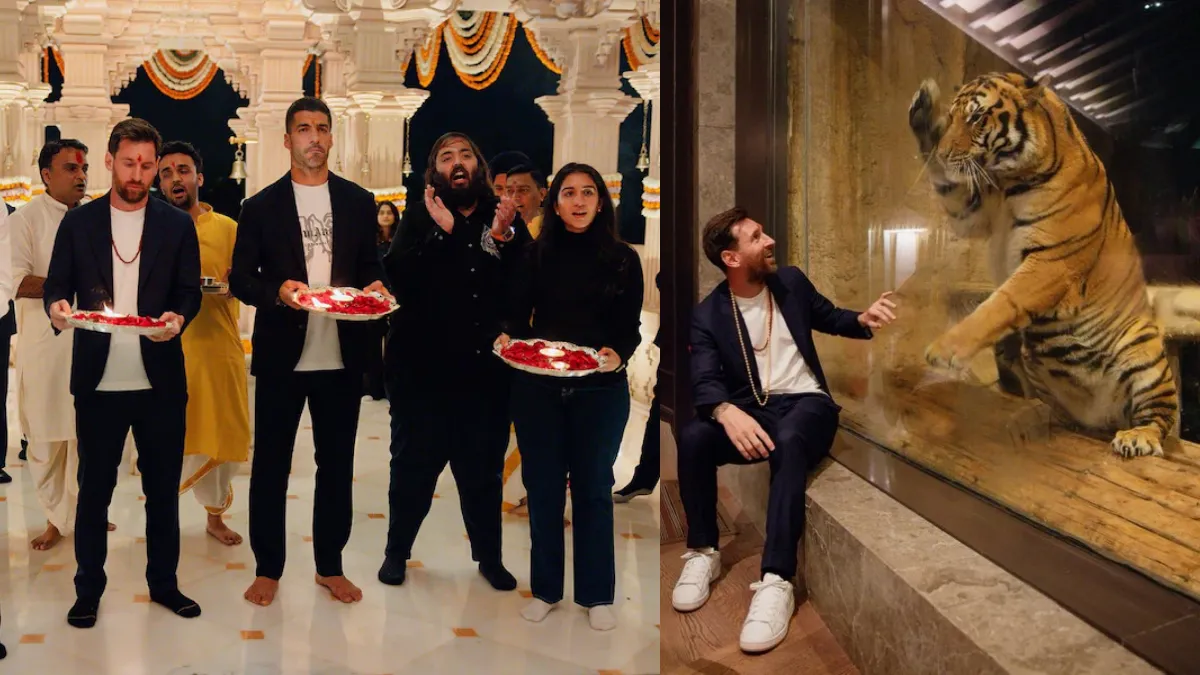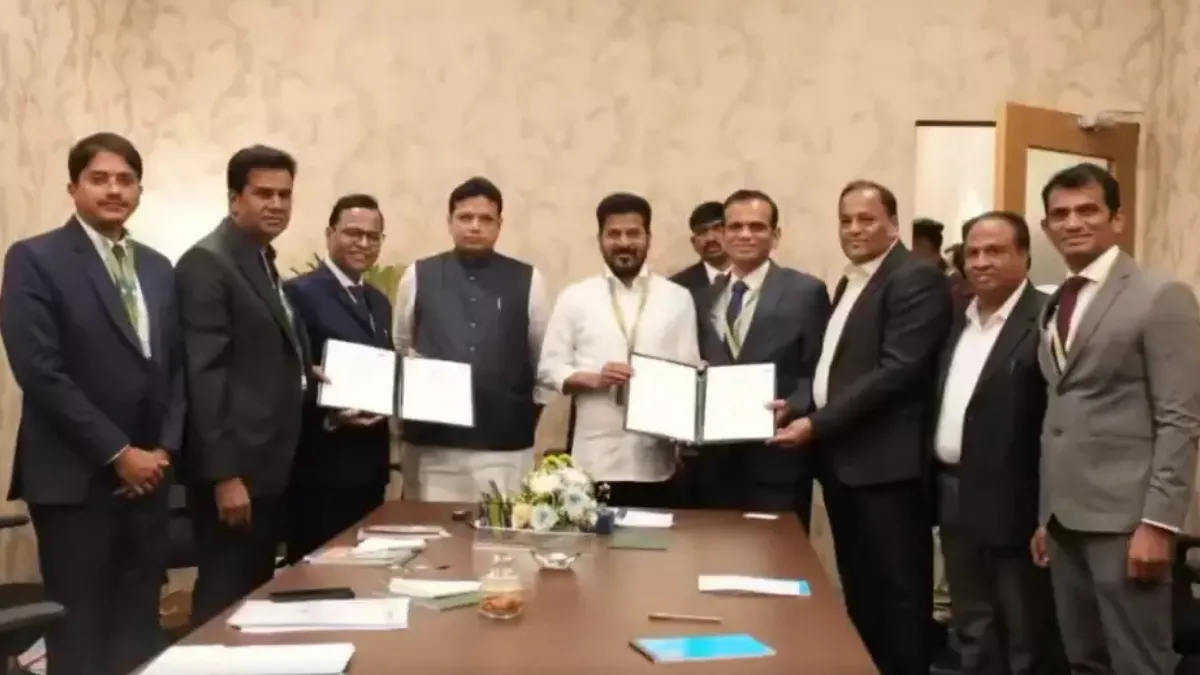Jaipur tourist places are among the most visited destinations in India, known for their royal heritage, architectural brilliance, and cultural vibrancy. Often called the Pink City because of its unique rose-hued buildings, Jaipur offers an unforgettable experience to travelers—blending history, art, food, and local traditions in a single destination. Whether you’re a first-time visitor or a seasoned explorer, this guide will walk you through everything you need to know about the best tourist places in Jaipur, including must-visit attractions, historical insights, and travel tips.
1. Introduction to Jaipur – The Royal Capital of Rajasthan
Founded in 1727 by Maharaja Sawai Jai Singh II, Jaipur is not only the capital of Rajasthan but also the first planned city of India. Designed by Bengali architect Vidyadhar Bhattacharya, Jaipur showcases an exceptional blend of Vastu Shastra and Shilpa Shastra principles. From its majestic forts to colorful markets, Jaipur captures the essence of India’s regal past and vibrant present.
Jaipur forms part of India’s famous Golden Triangle, along with Delhi and Agra, making it a favorite stop for both domestic and international tourists.
2. Top Jaipur Tourist Places You Must Visit
Jaipur is packed with architectural wonders, cultural experiences, and natural beauty. Below are the most popular Jaipur tourist places that every traveler should explore.
Amber Fort (Amer Fort)
One of Jaipur’s most iconic landmarks, Amber Fort sits atop a hill overlooking Maota Lake. Built in 1592, it’s a masterpiece of Rajput architecture featuring intricate carvings, mirror work, and large courtyards. Don’t miss the Sheesh Mahal (Mirror Palace) and the evening light-and-sound show that narrates its glorious past.
City Palace
Located in the heart of Jaipur, City Palace is a living example of Mughal and Rajput fusion architecture. It still serves as the royal residence of the Jaipur royal family. The palace complex includes museums displaying royal costumes, weapons, and art collections.
Hawa Mahal (Palace of Winds)
This five-story pink sandstone structure is Jaipur’s most photographed monument. Built in 1799 by Maharaja Sawai Pratap Singh, Hawa Mahal was designed with 953 small windows (jharokhas) to allow royal women to observe street festivals unseen by the public.
Jantar Mantar
A UNESCO World Heritage Site, Jantar Mantar is an astronomical observatory built by Maharaja Jai Singh II. It houses the world’s largest stone sundial and instruments that still accurately measure celestial positions.
Nahargarh Fort
Perched on the Aravalli Hills, Nahargarh Fort offers a panoramic view of the entire city. It’s a perfect place for sunset lovers and photography enthusiasts. The fort also has the Madhavendra Bhawan, which served as a royal retreat.
Jaigarh Fort
Famous for housing the world’s largest cannon on wheels, Jaivana Cannon, Jaigarh Fort was built to protect Amber Fort and its palace complex. The fort’s tunnels and underground passages are a fascinating part of its defense design.
Albert Hall Museum
Located near the Ram Niwas Garden, Albert Hall Museum is the oldest museum in Rajasthan. It displays an impressive collection of ancient artifacts, including miniature paintings, metal sculptures, and Egyptian mummies.
Jal Mahal
One of the most romantic sights in Jaipur, Jal Mahal, or the Water Palace, appears to float in the middle of Man Sagar Lake. Although entry inside is restricted, visitors can enjoy the mesmerizing view from the lakeside promenade.
Birla Mandir
Built entirely of white marble, Birla Mandir is a modern architectural marvel dedicated to Lord Vishnu and Goddess Lakshmi. Its serene atmosphere and stunning carvings make it a must-visit spiritual site.
3. Jaipur Tourist Places Table – Key Attractions at a Glance
| Attraction | Location | Famous For | Best Time to Visit | Entry Fee (Approx.) |
|---|---|---|---|---|
| Amber Fort | Amer, 11 km from Jaipur | Rajput architecture & Sheesh Mahal | October–March | ₹100 (Indians), ₹500 (Foreigners) |
| City Palace | Old City | Royal residence & museum | October–March | ₹150 (Indians), ₹500 (Foreigners) |
| Hawa Mahal | Badi Chaupar | 953 windows, pink façade | October–February | ₹50 (Indians), ₹200 (Foreigners) |
| Jantar Mantar | Near City Palace | Astronomical instruments | November–March | ₹50 (Indians), ₹200 (Foreigners) |
| Nahargarh Fort | Aravalli Hills | City view & sunsets | October–March | ₹50 (Indians), ₹200 (Foreigners) |
| Jal Mahal | Amer Road | Lake palace view | October–February | Free (outside view) |
| Albert Hall Museum | Ram Niwas Garden | Historical artifacts | October–April | ₹40 (Indians), ₹300 (Foreigners) |
| Birla Mandir | Near Moti Dungri | White marble temple | Year-round | Free |
4. Hidden Gems and Offbeat Jaipur Tourist Places
Beyond the famous landmarks, Jaipur also hides many less-explored treasures that offer a more authentic experience.
- Panna Meena Ka Kund – An ancient stepwell with symmetrical staircases, perfect for photography.
- Galtaji Temple (Monkey Temple) – A unique pilgrimage site surrounded by hills, home to natural springs and friendly monkeys.
- Anokhi Museum of Hand Printing – Showcasing Jaipur’s famous block printing craft.
- Jawahar Circle Garden – Home to the famous Patrika Gate, a popular Instagram-worthy spot.
- Sanganer and Bagru Villages – Known for traditional textile printing and handmade paper industries.
Also read: How to Plan a Luxury Wildlife Tour in Asia-Complete Guide
5. Best Time to Visit Jaipur
The ideal time to visit Jaipur is between October and March, when the weather is cool and perfect for sightseeing. Summers can be very hot, while the monsoon season brings occasional rain but lush greenery.
6. Travel Tips for Exploring Jaipur Tourist Places
- Hire a local guide: Many historical sites have fascinating stories best told by experts.
- Buy the composite ticket: Rajasthan Tourism offers a combined entry ticket for multiple monuments—ideal for saving money.
- Dress comfortably: Light cotton clothes and good walking shoes are essential.
- Stay hydrated: Jaipur’s dry climate can quickly cause dehydration.
- Respect local customs: Always remove footwear before entering temples and be mindful of photography restrictions.
7. Where to Shop and Eat in Jaipur
- Shopping: Johari Bazaar (jewelry), Bapu Bazaar (textiles & footwear), Tripolia Bazaar (lac bangles).
- Food: Don’t miss Dal Baati Churma, Pyaaz Kachori, Ghewar, and Lassi at Lassiwala. For royal dining, visit 1135 AD at Amber Fort or Suvarna Mahal at Rambagh Palace.
Also read: Vantara Resort Patwa Dunga: The Ultimate Eco-Friendly Getaway
8. Conclusion
In summary, Jaipur tourist places offer an extraordinary blend of history, culture, art, and hospitality. Whether you’re marveling at the grandeur of Amber Fort, walking through the bustling bazaars, or savoring Rajasthani delicacies, Jaipur guarantees an unforgettable journey into India’s royal heritage. Each corner of the city tells a story, waiting to be explored and cherished.
If you’re planning your next getaway, let the Pink City welcome you with open arms and timeless charm.
